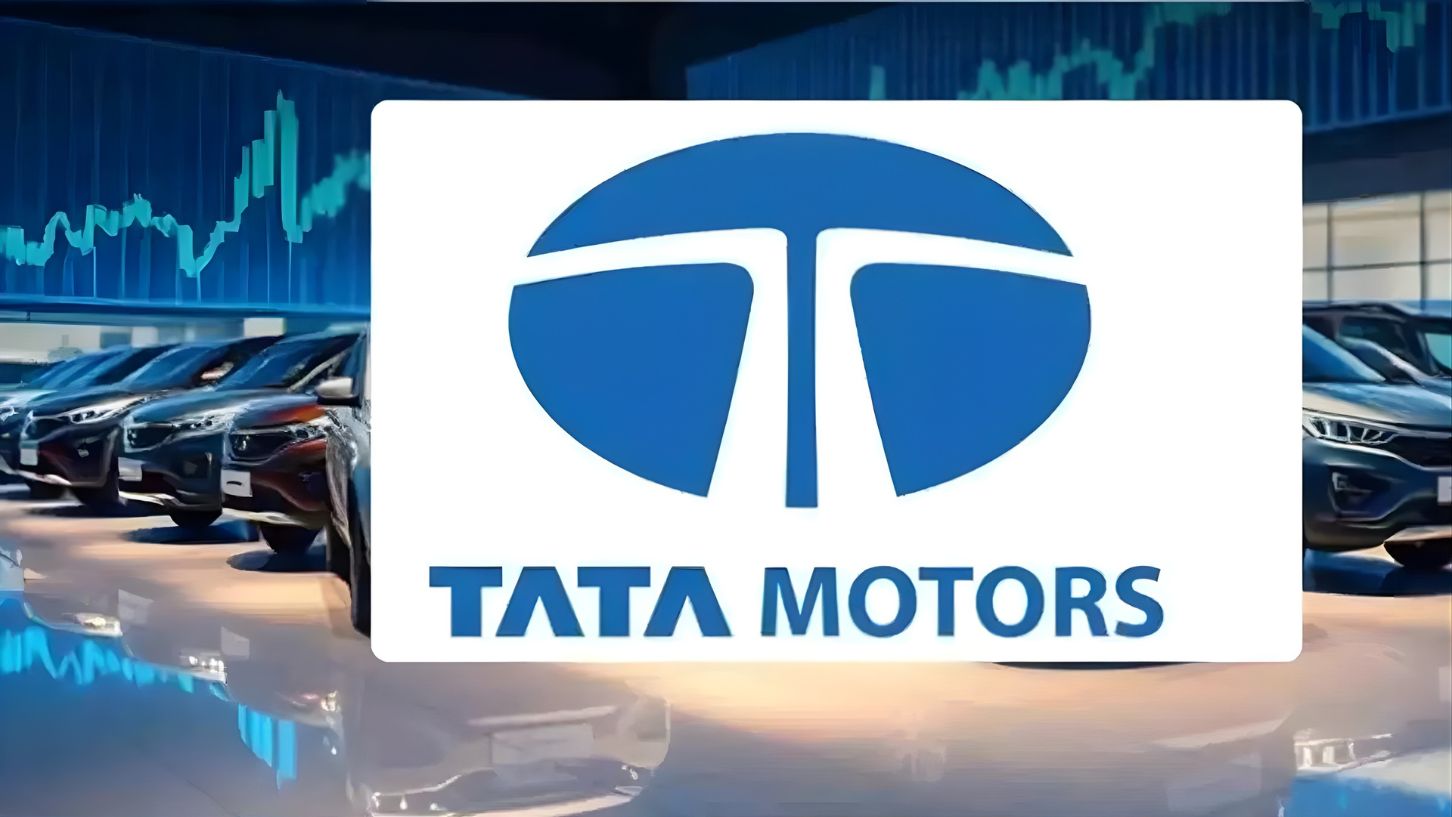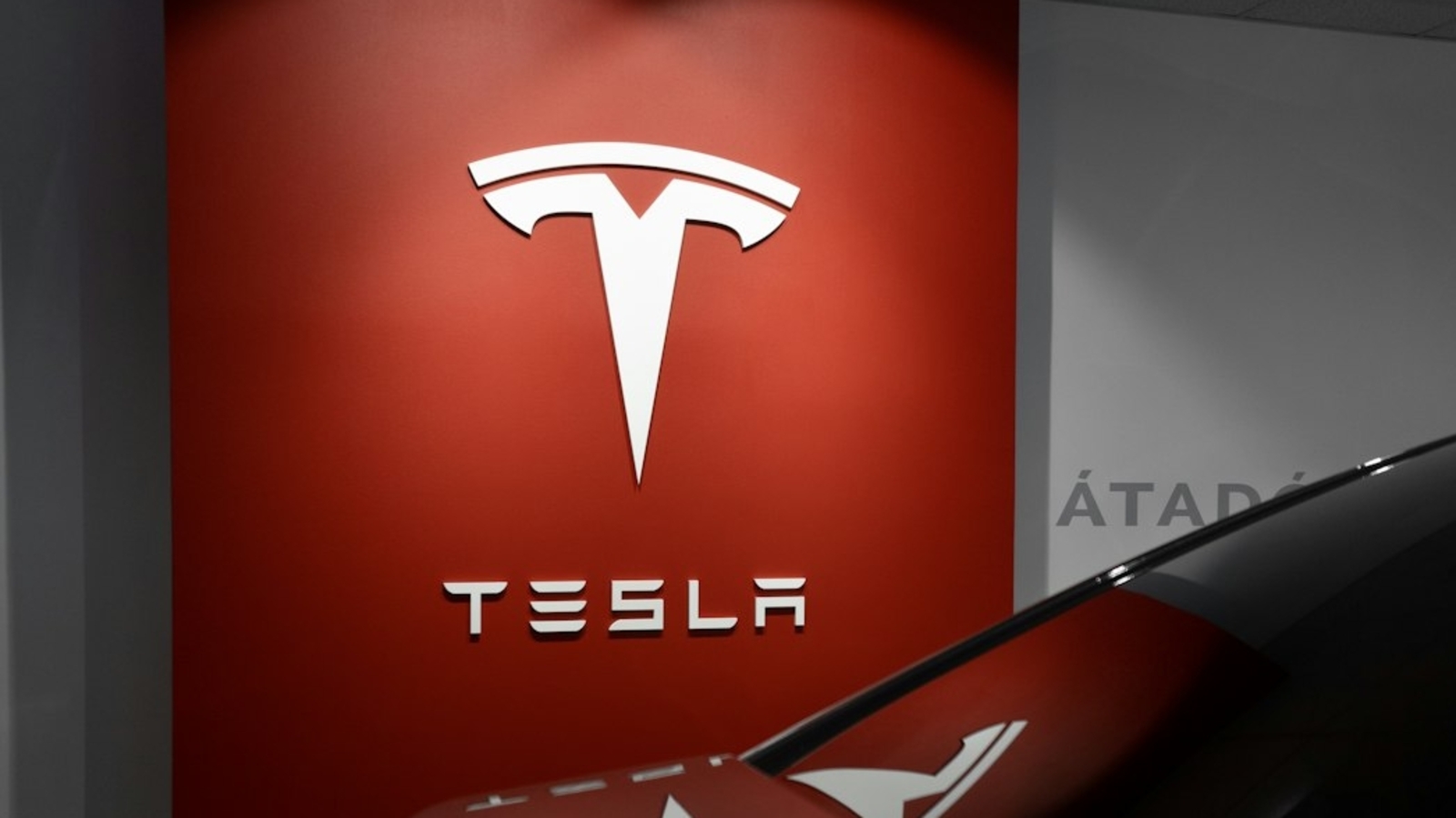Tata Motors share price tumbled almost 40 %, but you should not panic. Many readers may see big drops in stock value and immediately fear the worst. However, in this case, the dramatic fall has more to do with corporate restructuring than a collapse in business.
Tata Motors share price — what really caused the drop?
When markets opened, Tata Motors stock opened at around ₹399, nearly 40 % lower than the previous day’s closing price of ₹660.90. This sounds alarming at first glance. But the company clarified that this sharp decline was a technical adjustment triggered by its decision to split (or “demerge”) its commercial vehicles business from its passenger vehicles arm.
Under this restructuring plan, shareholders will receive one share of Tata Motors Commercial Vehicles Limited (TMLCV) for every share they held in the original Tata Motors. In other words, you are not losing value — the business is just being reorganized into two parts.
After the demerger, Tata Motors’ passenger/EV/Jaguar-Land Rover (JLR) operations will trade under a new name (Tata Motors Passenger Vehicles Limited), while the commercial vehicle arm (TMLCV) will eventually be renamed and listed. Because of this split, the old stock’s price drops to reflect only part of the business, not the whole. Once the new shares of the commercial arm start trading, the total combined value should (ideally) reflect what the old company used to be worth.
Why investors should not worry
First, no “real value” disappeared — you didn’t lose your assets, they were just split across two stocks. Imagine you have an ice-cream shop that sells cones and milkshakes. If you separate the milkshake counter into a new branch, the original shop’s revenue looks smaller — but you now own part of the new branch too. The total from both places might remain roughly the same.
Second, the new commercial vehicle shares (TMLCV) will take time to be listed. The company expects to be listed in around 4–6 weeks. Until then, only the passenger vehicle arm’s shares are trading. Once both arms are trading, investors will be able to hold shares in both parts. Over time, the markets will price them independently based on how each business is doing.
Third, such demergers are not uncommon. Companies often reorganize to make parts more focused, more attractive to specialized investors, or to unlock hidden value. For long-term investors who believe in the fundamentals (like management quality, product demand, etc.), structural changes like this need not be cause for panic.
What you should do (and watch for)
If you hold Tata Motors shares, check that you are eligible for the new commercial vehicle shares (there is a “record date” set by the company). Also, watch announcements about when the new company’s shares will begin trading and whether they will be allowed in futures & options (F&O) markets. Initially, the new company might not be F&O eligible.
From a mindset point of view, try not to let sudden price swings cause emotional decisions. Big drops due to restructuring are different from drops due to business failure. Always ask: Did something actually change in how the business runs? Or is this a technical shift?
Later, when both companies are trading, you may find that one division outperforms the other. You may choose to hold both or focus on whichever aligns more with your beliefs (for example, if you believe passenger EVs will grow faster than heavy commercial vehicles, you may lean toward that arm).
A 40 % fall in Tata Motors share price certainly looks scary, but in this case, it is more a matter of accounting and corporate restructuring than business collapse. The value is likely redistributed between the two resulting companies. If you are a shareholder, stay informed about listing dates and how to claim your shares. And whether you are new to investing or seasoned, always treat big stock moves with curiosity rather than fear — dig into why it happened before deciding what to do.



